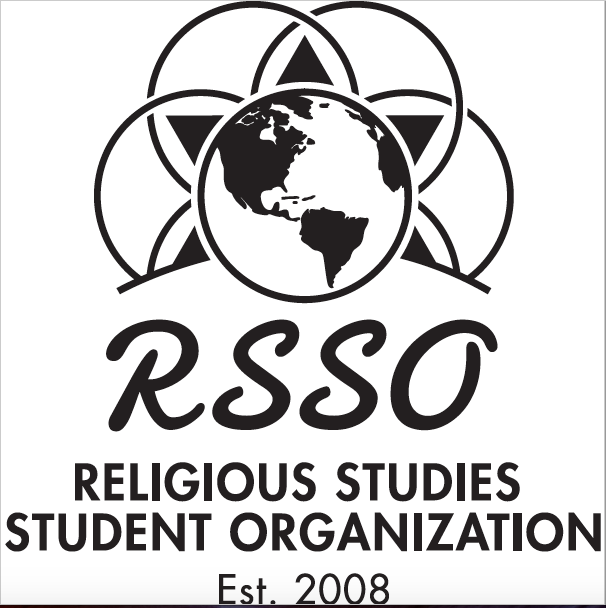Moderator
Dr. Stephen Beall
Location
Room B
Start Date
1-4-2017 9:45 AM
End Date
1-4-2017 10:45 AM
Abstract
Buddhists believe in attaining enlightenment; gaining a special kind of knowledge or understanding. This is no easy task, but a more recent artistic convention helps to guide a devotee towards understanding the basics of Buddhism; the Field of Accumulation, or Refuge Field. This is a painting composition that hierarchically arranges the most sacred elements in the tradition, from which merit can be accumulated. However, in Tibetan and Himalayan art, this composition is a more recent development and is also used by the religion Bön.
According to the Himalayan Art Resources website, the earliest examples of the Nyingma Tradition occur in the nineteenth century. The Nyingma Lineage Refuge Field dated 1800-1899 is the earliest example from this source (item no. 90503). This type of Refuge Field is the visual companion for the Longchen Nyingtig practices as taught by Jigme Lingpa and further explored in Patrul Rinpoche’s Words of My Perfect Teacher. This source also contains examples of Bön Refuge Fields, and claims that these examples only appear in the late nineteenth and twentieth centuries; The Shenlha Okar painting is a particularily interesting example of a Bön deity (item no. 200013). Due to the similarities in composition, the interaction between Buddhism and Bön in the Tibetan region, and the relatively close beginning of this composition within both religions, there arise many questions; the most significant question being: How can a distinction be made between Tibetan Buddhist and Bön Refuge Fields since they are so closely associated? I intend to compare the Tibetan Buddhist and Bön Refuge Field works artistically and religiously to determine what distinctions can be made between the two.
Understanding Tibetan Religions Through Artistic Conventions
Room B
Buddhists believe in attaining enlightenment; gaining a special kind of knowledge or understanding. This is no easy task, but a more recent artistic convention helps to guide a devotee towards understanding the basics of Buddhism; the Field of Accumulation, or Refuge Field. This is a painting composition that hierarchically arranges the most sacred elements in the tradition, from which merit can be accumulated. However, in Tibetan and Himalayan art, this composition is a more recent development and is also used by the religion Bön.
According to the Himalayan Art Resources website, the earliest examples of the Nyingma Tradition occur in the nineteenth century. The Nyingma Lineage Refuge Field dated 1800-1899 is the earliest example from this source (item no. 90503). This type of Refuge Field is the visual companion for the Longchen Nyingtig practices as taught by Jigme Lingpa and further explored in Patrul Rinpoche’s Words of My Perfect Teacher. This source also contains examples of Bön Refuge Fields, and claims that these examples only appear in the late nineteenth and twentieth centuries; The Shenlha Okar painting is a particularily interesting example of a Bön deity (item no. 200013). Due to the similarities in composition, the interaction between Buddhism and Bön in the Tibetan region, and the relatively close beginning of this composition within both religions, there arise many questions; the most significant question being: How can a distinction be made between Tibetan Buddhist and Bön Refuge Fields since they are so closely associated? I intend to compare the Tibetan Buddhist and Bön Refuge Field works artistically and religiously to determine what distinctions can be made between the two.

